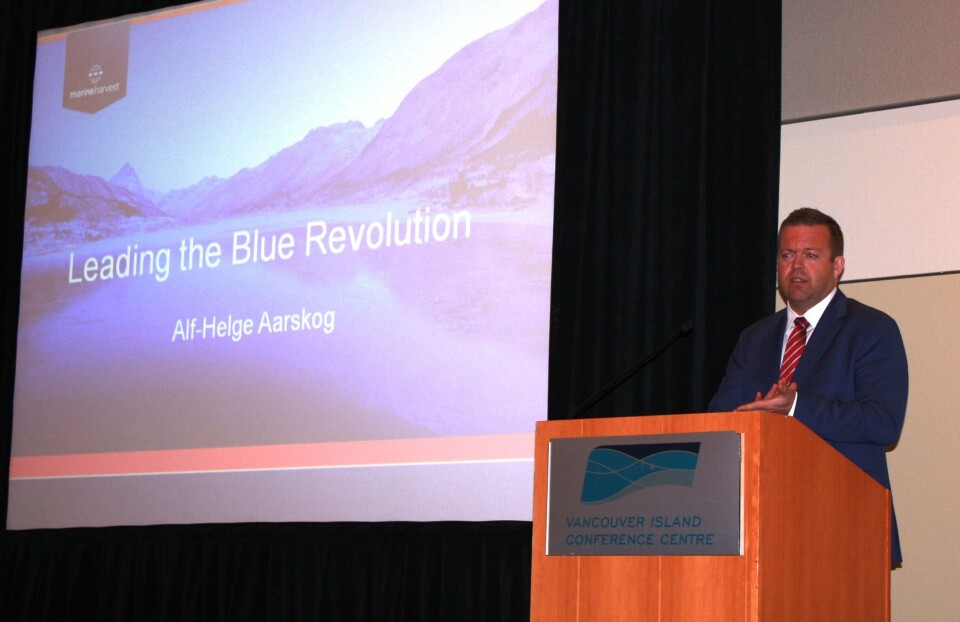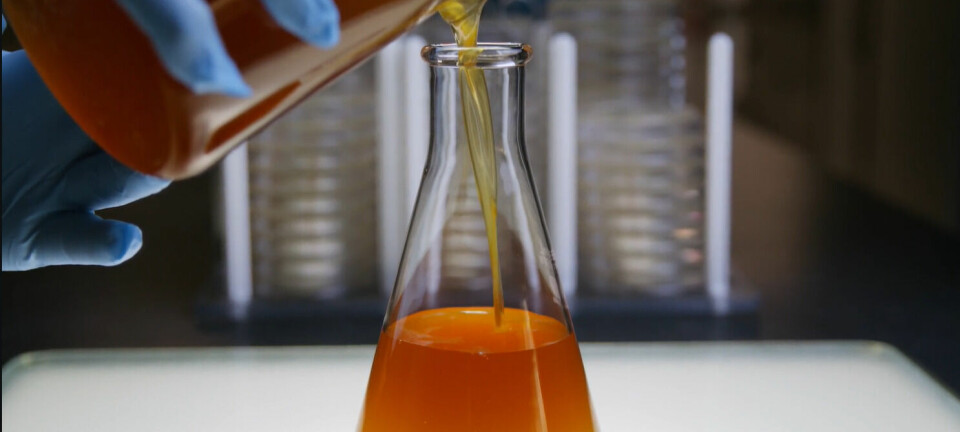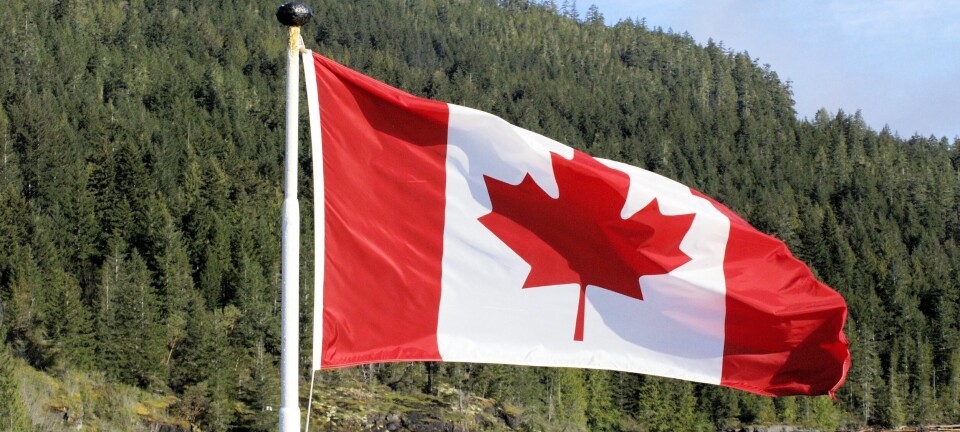
A six-point plan for Chile
Marine Harvest's CEO has issued a six-point plan in a bid to radically overhaul the Chilean industry, following a year plagued by poor prices and rising production costs.
In a presentation given at yesterday’s Havbrukskonferansen in Olso, Alf-Helge Aarskog spoke about how the Chilean industry was being hit by a “perfect storm” caused by rapid growth, biological issues, antibiotics & reputation, a lack of smart regulations, slow consolidation, poor financing and a currency impacted by the appreciation of the US dollar.
In his presentation, entitled “Is there any hope for Chile in the next two years”?, Aarskog mentioned both positives and negatives – with the main causes for optimism being the tight global salmon supply, the flat supply from North America and the industry’s apparent willingness to come up with suggestions to regulations.
On a less positive note he mentioned his belief that the Chilean authorities appear to be resistant to make real changes in regulations and the slowness of the industry acts to react but he feels that such problems can be countered by consolidation of the industry, the development of value added products, a reduction in use of antibiotics and the development of new medicine against SRS and caligus.
To make the industry more sustainable – both economically and environmentally – he suggested the following:
1. Split licences from locations.
2. Asses total carrying capacity in each region (all species), as the current level is way to high.
3. Divide carrying capacity on number of licences per region and let companies determine their best locations for farming salmon within each region. Apply x number of licences (MABs), according to environmental carrying capacity per location.
4. Monitor environmental impact per location.
5. Set key biological indicators, especially relating to the use of antibiotics and the number of sea lice treatments
6. Set a horizon, for example 10 years, and give the industry players incentive to comply - by rewarding growth, for example, by granting a 5 per cent per generation MAB increase on locations that comply with biological indicators, while enforcing no growth or a reduction of biomass if targets are not reached.




















































